Stages Cycling power meters go carbon at last
Second-generation Stages meter offers options for SRAM, FSA drivetrains
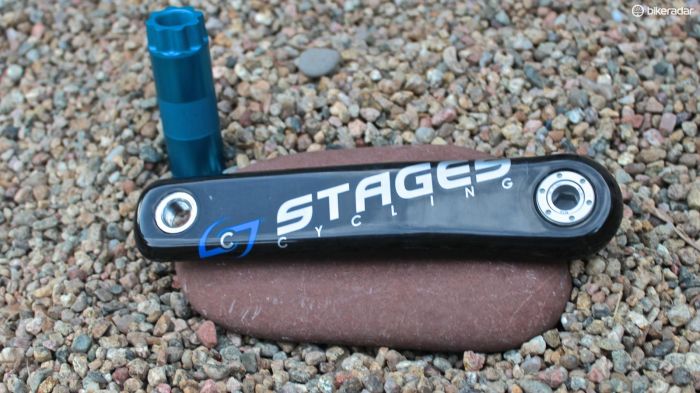
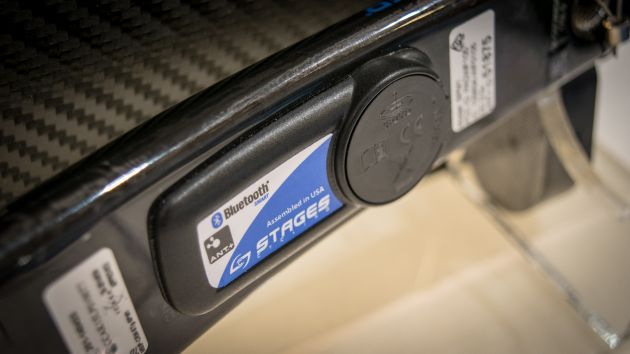
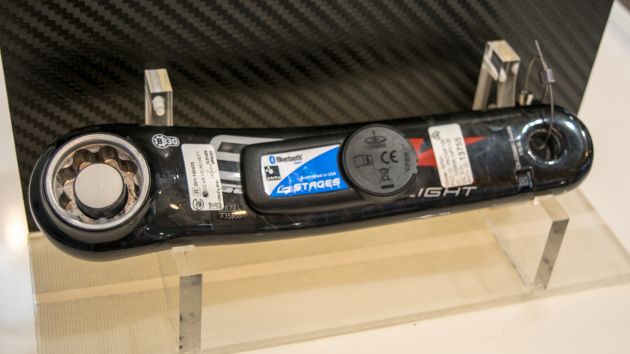
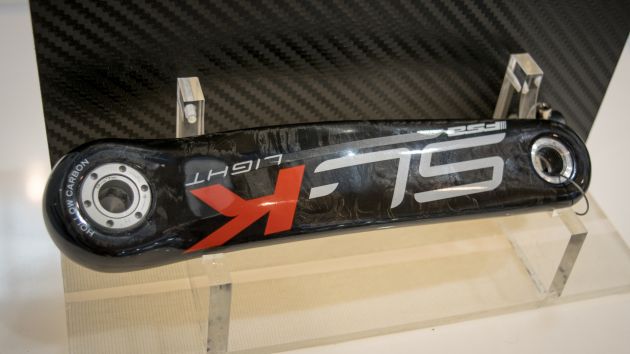
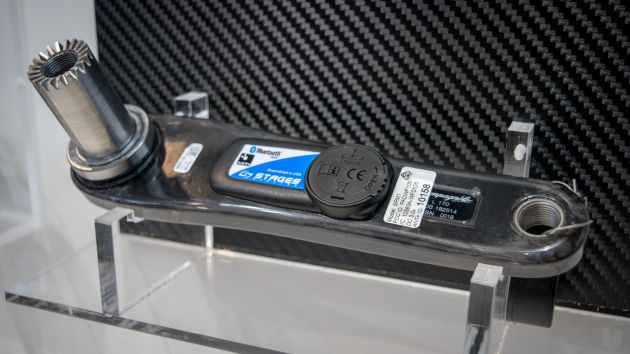
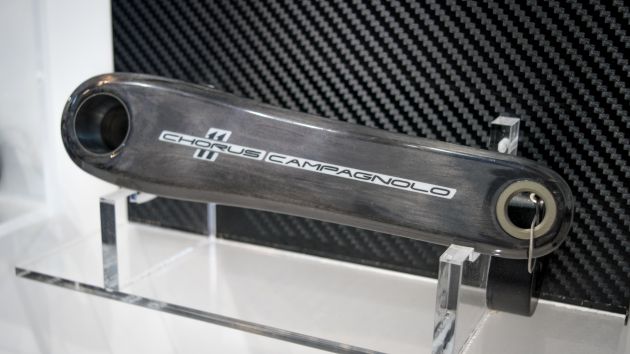
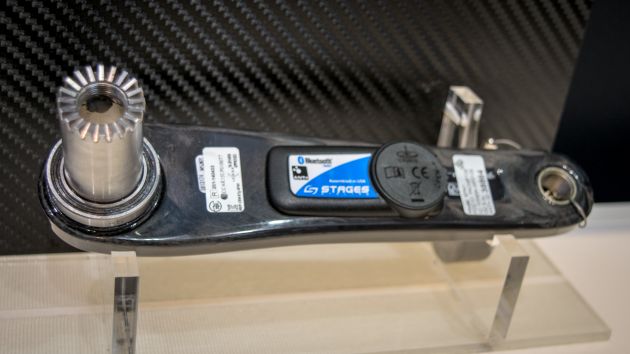
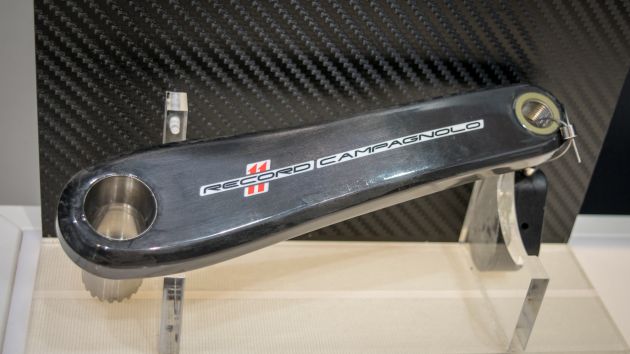
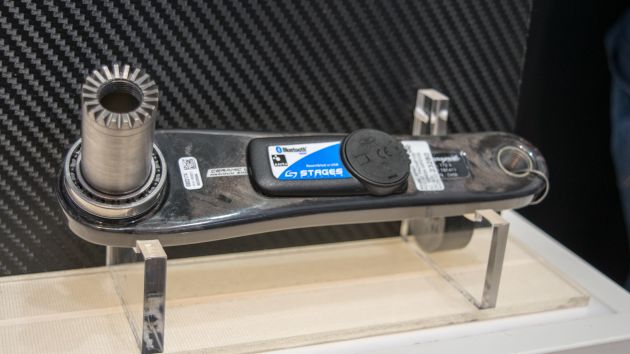
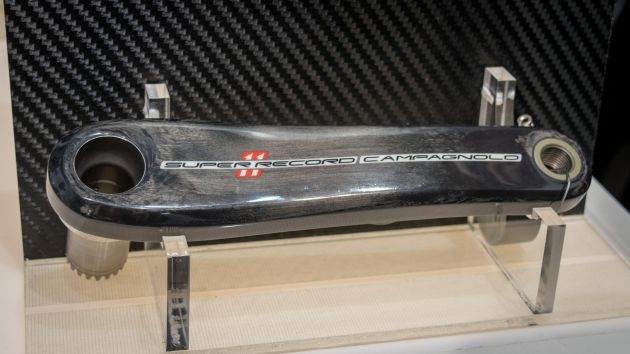
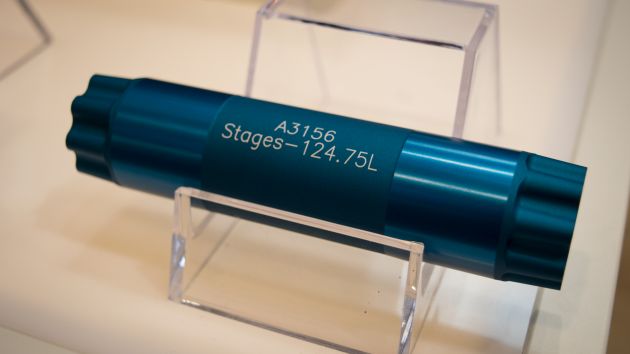
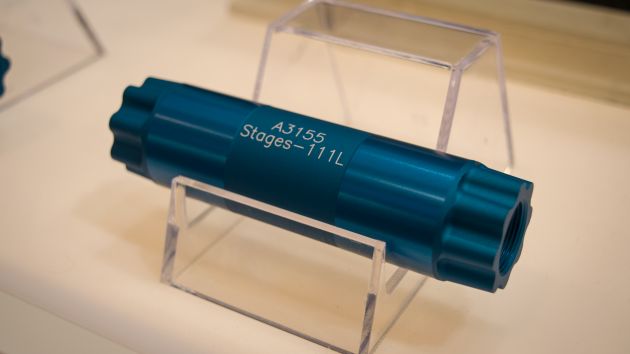
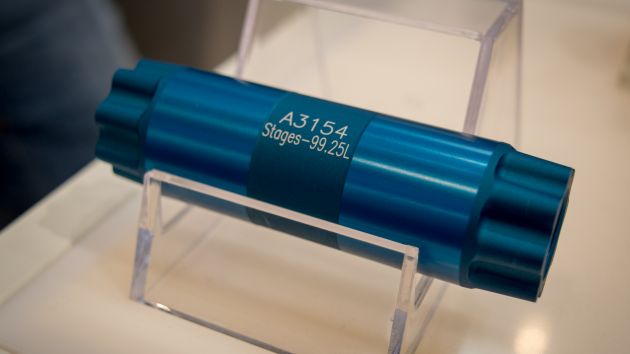
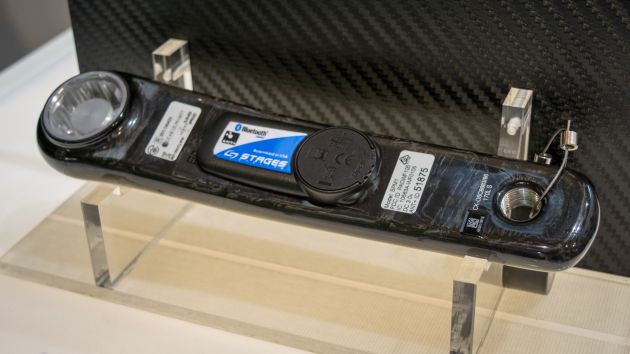
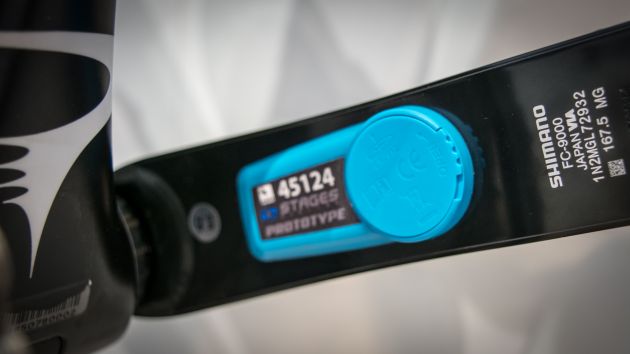
This article originally appeared on BikeRadar
Stages Cycling is now shipping carbon crankarm versions of its single-sided power meter, which also has the company's new, smaller housing.
Stages Cycling's new carbon crank works with both SRAM and FSA cranksets. Stages debuted the first left-arm crank-based power meter in 2012, but the new model is a world first for a carbon crank with a power meter built onto it.
The crank works as is with FSA cranksets, and with one of four spindles for compatibility with SRAM Red, Force/Rival, and two widths of mountain bike options.
The Stages Carbon is ANT+ and Bluetooth Smart compatible.
Stages introduces carbon crankarm power meters
To crack the carbon conundrum, Stages had to overcome several hurdles. Issues stymieing the quick production of a carbon Stages meter included difficulty in bonding to a composite material, temperature compensation and different fatigue characteristics.
"We could have made a carbon power meter a long time ago, but it would have had the functionality of a meter from the pre-Stages era," Sam Morrison, Stages Cycling engineer and carbon product manager said. "The problem isn't measuring deflection in carbon, it's dealing with changes of the material when the operating temperature changes. We could have easily released a meter that would require constant and vigilant zero resets; rather, we took our time and built a new system to specifically deal with the challenges carbon faces when temperatures change.
Get The Leadout Newsletter
The latest race content, interviews, features, reviews and expert buying guides, direct to your inbox!
"What we’re delivering is a fully functional Stages power meter for carbon cranks, and we're proud of that. We made no concessions."
The carbon Stages units use an entirely new strain gauge developed to measure deflection of carbon cranks to the same level of accuracy as the Tour de France-winning alloy models, while also maintaining automatic temperature compensation.
Stages Cycling carbon crankarm
With SRAM owning the power meter brand Quarq, it's no surprise that there are no SRAM-branded carbon Stages crankarms available. To address SRAM riders, Stages developed its first own-brand crankarm with FSA.
The new Stages crankarm is made of hollow carbon and features a shape very similar to that of SRAM's models. The crank is natively compatible with FSA's BB386EVO cranksets, while Stages is also offering three aftermarket spindles with a SRAM-style asymmetric interface. This allows compatibility with SRAM Red, BB30 and 168mm SRAM MTB setups depending on the spindle length selected.
Available in 165-175mm lengths, the Stages crankarm is available now for £599 / $699 with your spindle of choice. A GXP version is also available.
Campagnolo
Stages says compatibility with Campagnolo has long been sought by users of the Italian groupsets who don't wish to compromise on the sleek looks of the stock cranks. There are Power2Max-equipped Campag spiders such as those used by Nairo Quintana.
Although shown at the 2015 Eurobike, the Campagnolo carbon power meter is still in development with no official release date yet. Stages employees said that the Stages Carbon crank took priority.
FSA SL-K Light
FSA's SL-K Light BB30 carbon crankarm is also available with Stages on board. Available in 165-175mm lengths, it's available now for €799 / $629.
Second generation Stages enclosure
We spotted a prototype version of the Stages power meter on Chris Froome's bike at the 2015 Tour de France. The American company now sells this on all new models.
The second-generation meter's housing is 5mm thick compared with the previous model's 8mm, meaning better compatibility with under-mount brakes. Stages is claiming a 28 per-cent lower profile and 17 per cent reduction in frontal area, resulting in a sleeker look overall. This final production module also has a little more structure than seen on Froome's prototype.
A key upgrade for those who might've been alerted to water-ingress issues with the old housing is a redesign of the battery cover. The new cover has a wider diameter and more robust fastening. Stages says this new design increases the strength of the battery door and housing interface by 200 percent.
BikeRadar is now testing a Stages Carbon meter and will post a full review soon.